



OF
Lanarkshire|unknown
Crawfurdmuir is a moorland area in the Lowther Hills of southern Lanarkshire, the highest part of Lowland Scotland. Its name comes from the Crawfurd or Crawford family who once held the lands.

which may have arisen from a battle fought long ago, perhaps between the native people and Roman invaders.
A Roman Road passes nearby to Crawford.
1912 OS map Lanarkshire Sheet XLIX.NE. Reproduced with the permission of the National Library of Scotland. (CC BY NLS)
and adopted the place as a surname in the Norman style.
When King David I came to the throne in 1124, he granted the area to Baldwin de Biggar, a Fleming who was one of many warriors invited by the king to hold land from him in return for military service. It is believed Baldwin married an heiress of the Crawford family.
Shortcleuch Water © 2019 Billy McCrorie (CC BY-SA 2.0)
We know there was lead mining in the fifteenth century, and around 1500 gold was discovered on the lands, after which profitable gold mining operations were set up.
In 1587 the lands and barony of Crawfurdmuir were conferred on Mark Kerr, Lord Newbattle, former commendator of the Abbey. Kerr was raised to be the Earl of Lothian and was succeeded by his son Robert, 2nd Earl of Lothian.
By the middle of the seventeenth century, the lands and barony, known variously as Crawford Muir and Friar’s Muir, had passed to John Hope of Hopetoun.
Lead mining remains in Glengonnar © 2015 M J Richardson
(CC BY-SA 2.0)
Family tradition is that he gave his seat in a rescue boat to the Duke and that it was in recognition of this act that his son Charles was created Earl of Hopetoun by Queen Anne on 15 April 1703, shortly after reaching his majority.
Old Bridge over Glengonnar Water © 2006 Iain Thompson
(CC BY-SA 2.0)
during the nineteenth and twentieth centuries. James, 3rd Earl of Hopetoun, sat in the House of Lords as a Scottish Representative Peer and was for many years Lord-Lieutenant of Linlithgowshire, a post also held by successive Earls of Hopetoun. John Hope, 7th Earl of Hopetoun, was a prominent politician, the first Governor-General of Australia and Secretary of State for Scotland, and in 1902 was created Marquess of Linlithgow. His son, Victor, 2nd Marquess of Linlithgow, served as Viceroy of India from 1936 to 1943.
Allan Ramsay, John, 2nd Earl of Hopetoun (1704 - 1781), landowner and benefactor|National Galleries of Scotland (CC-BY NC)







Lanarkshire|unknown
Crawfurdmuir is a moorland area in the Lowther Hills of southern Lanarkshire, the highest part of Lowland Scotland. Its name comes from the Crawfurd or Crawford family who once held the lands.
which may have arisen from a battle fought long ago, perhaps between the native people and Roman invaders.
A Roman Road passes nearby to Crawford.
1912 OS map Lanarkshire Sheet XLIX.NE. Reproduced with the permission of the National Library of Scotland. (CC BY NLS)
and adopted the place as a surname in the Norman style.
When King David I came to the throne in 1124, he granted the area to Baldwin de Biggar, a Fleming who was one of many warriors invited by the king to hold land from him in return for military service. It is believed Baldwin married an heiress of the Crawford family.
Shortcleuch Water © 2019 Billy McCrorie (CC BY-SA 2.0)
We know there was lead mining in the fifteenth century, and around 1500 gold was discovered on the lands, after which profitable gold mining operations were set up.
In 1587 the lands and barony of Crawfurdmuir were conferred on Mark Kerr, Lord Newbattle, former commendator of the Abbey. Kerr was raised to be the Earl of Lothian and was succeeded by his son Robert, 2nd Earl of Lothian.
By the middle of the seventeenth century, the lands and barony, known variously as Crawford Muir and Friar’s Muir, had passed to John Hope of Hopetoun.
Lead mining remains in Glengonnar © 2015 M J Richardson
(CC BY-SA 2.0)
Family tradition is that he gave his seat in a rescue boat to the Duke and that it was in recognition of this act that his son Charles was created Earl of Hopetoun by Queen Anne on 15 April 1703, shortly after reaching his majority.
Old Bridge over Glengonnar Water © 2006 Iain Thompson
(CC BY-SA 2.0)
during the nineteenth and twentieth centuries. James, 3rd Earl of Hopetoun, sat in the House of Lords as a Scottish Representative Peer and was for many years Lord-Lieutenant of Linlithgowshire, a post also held by successive Earls of Hopetoun. John Hope, 7th Earl of Hopetoun, was a prominent politician, the first Governor-General of Australia and Secretary of State for Scotland, and in 1902 was created Marquess of Linlithgow. His son, Victor, 2nd Marquess of Linlithgow, served as Viceroy of India from 1936 to 1943.
Allan Ramsay, John, 2nd Earl of Hopetoun (1704 - 1781), landowner and benefactor|National Galleries of Scotland (CC-BY NC)








Contact
Forum for the Scottish Baronage, c/o Brodies LLP, Capital Square, 58 Morrison Street, Edinburgh EH3 8BP, Scotland UK
Copyright
Copyright 2022, Forum for The Scottish Baronage, as a collective work, all additional rights to content contributed and/or licensed contained herein are expressly reserved to such contributors and licensors as independently owned and protected copyrighted works.




